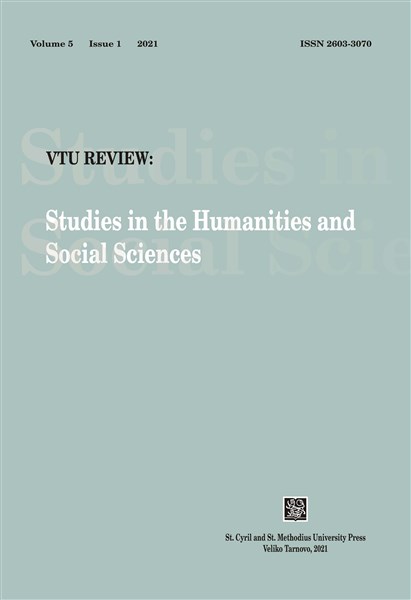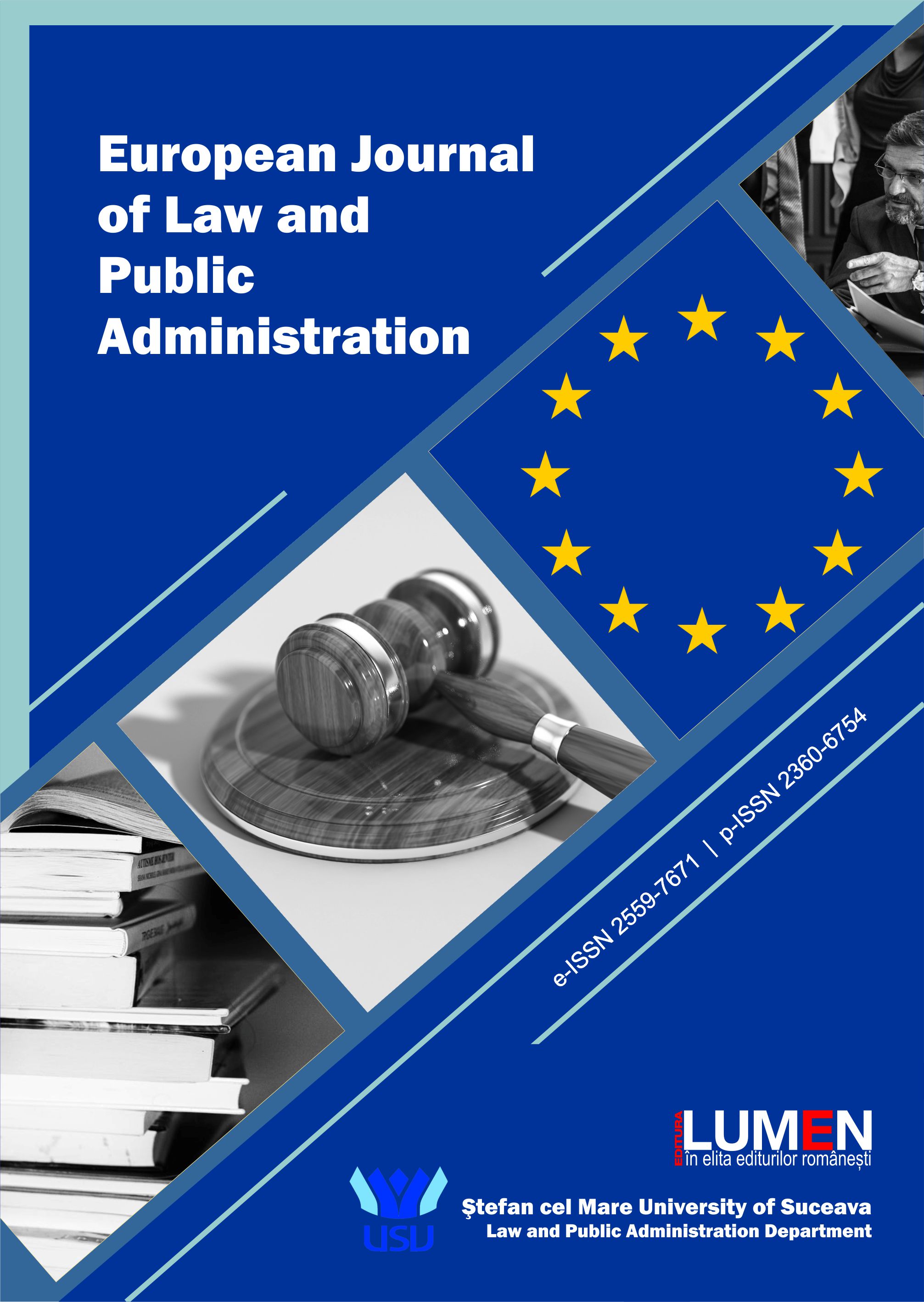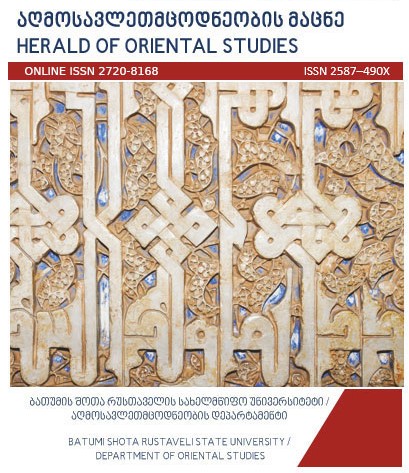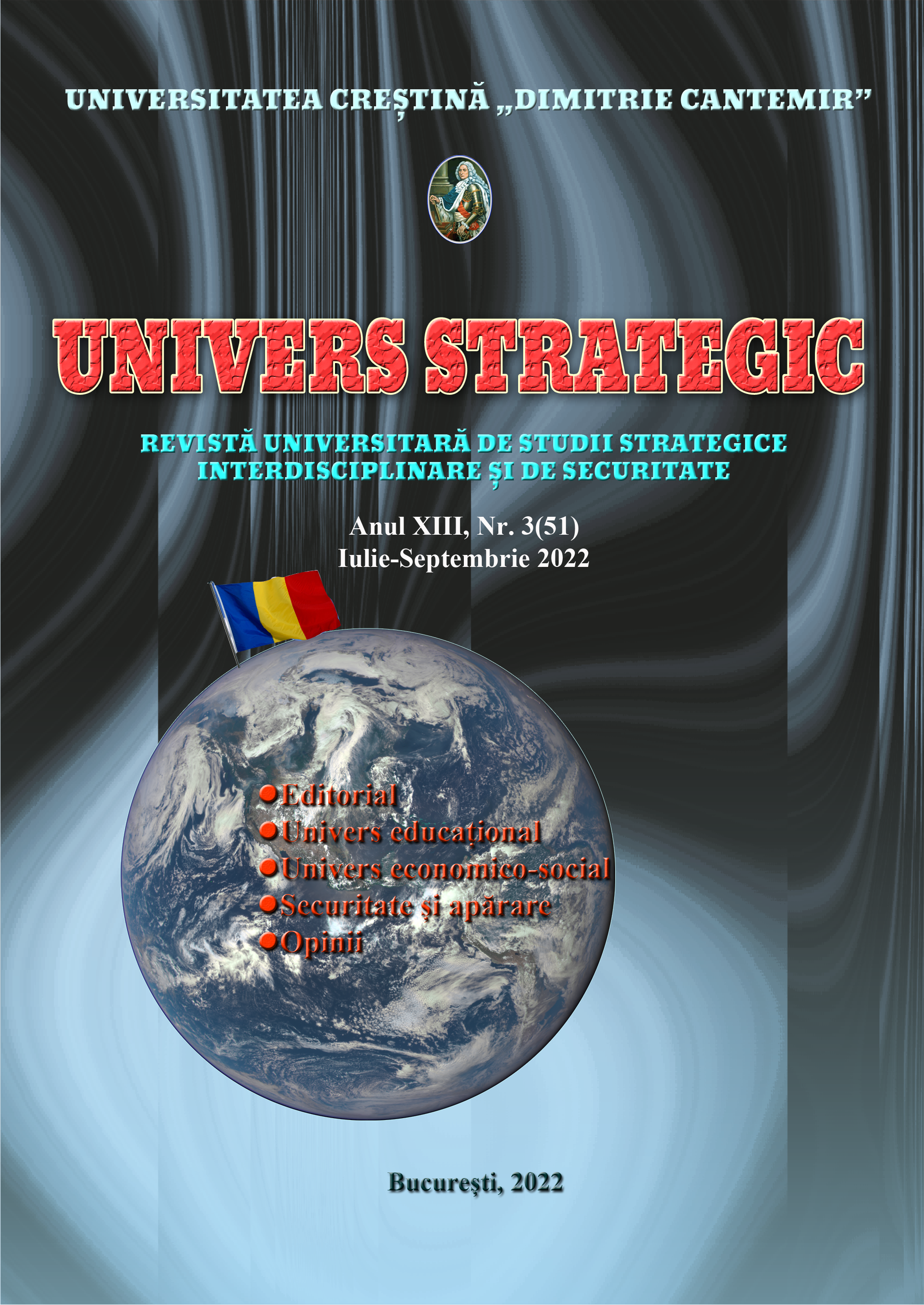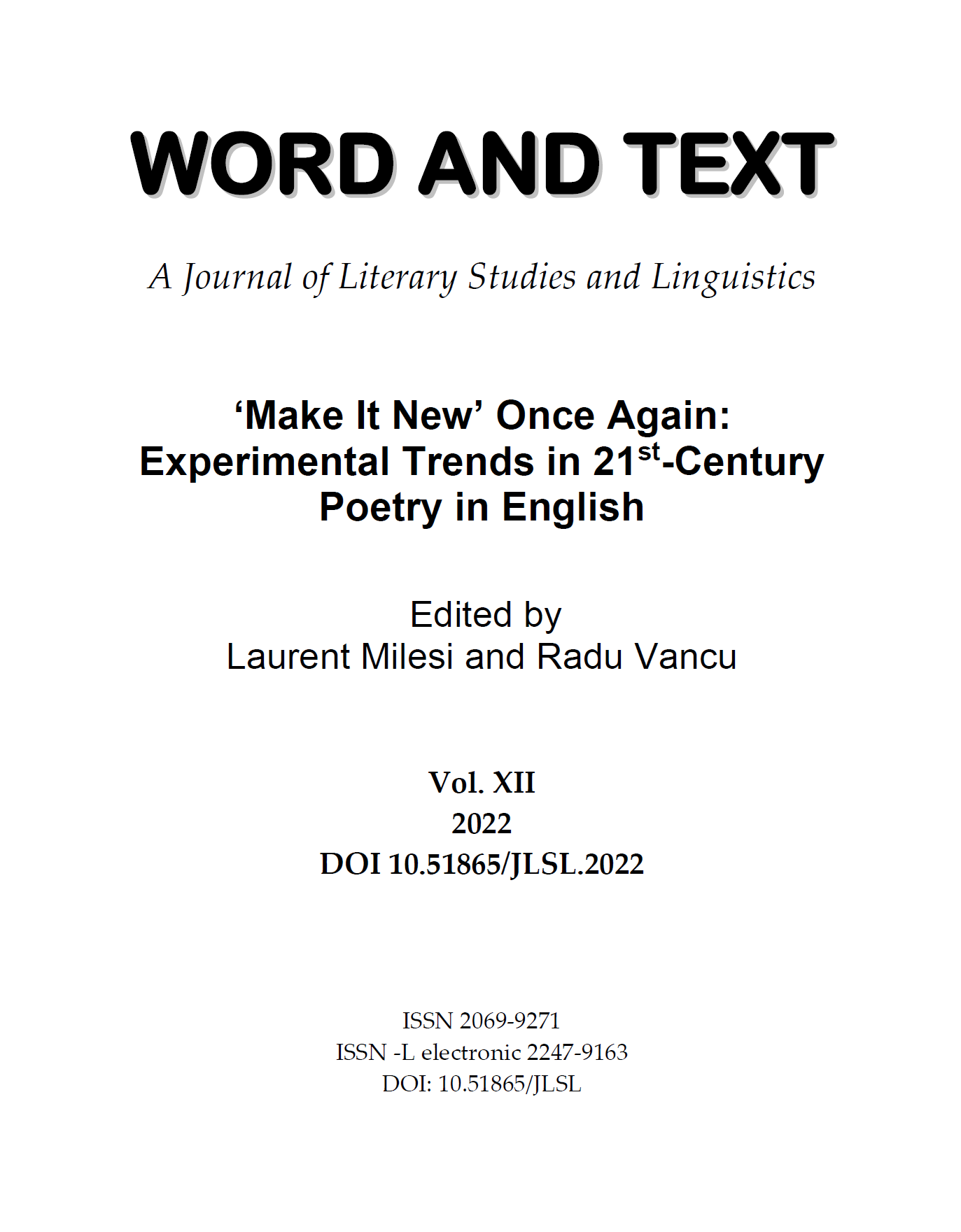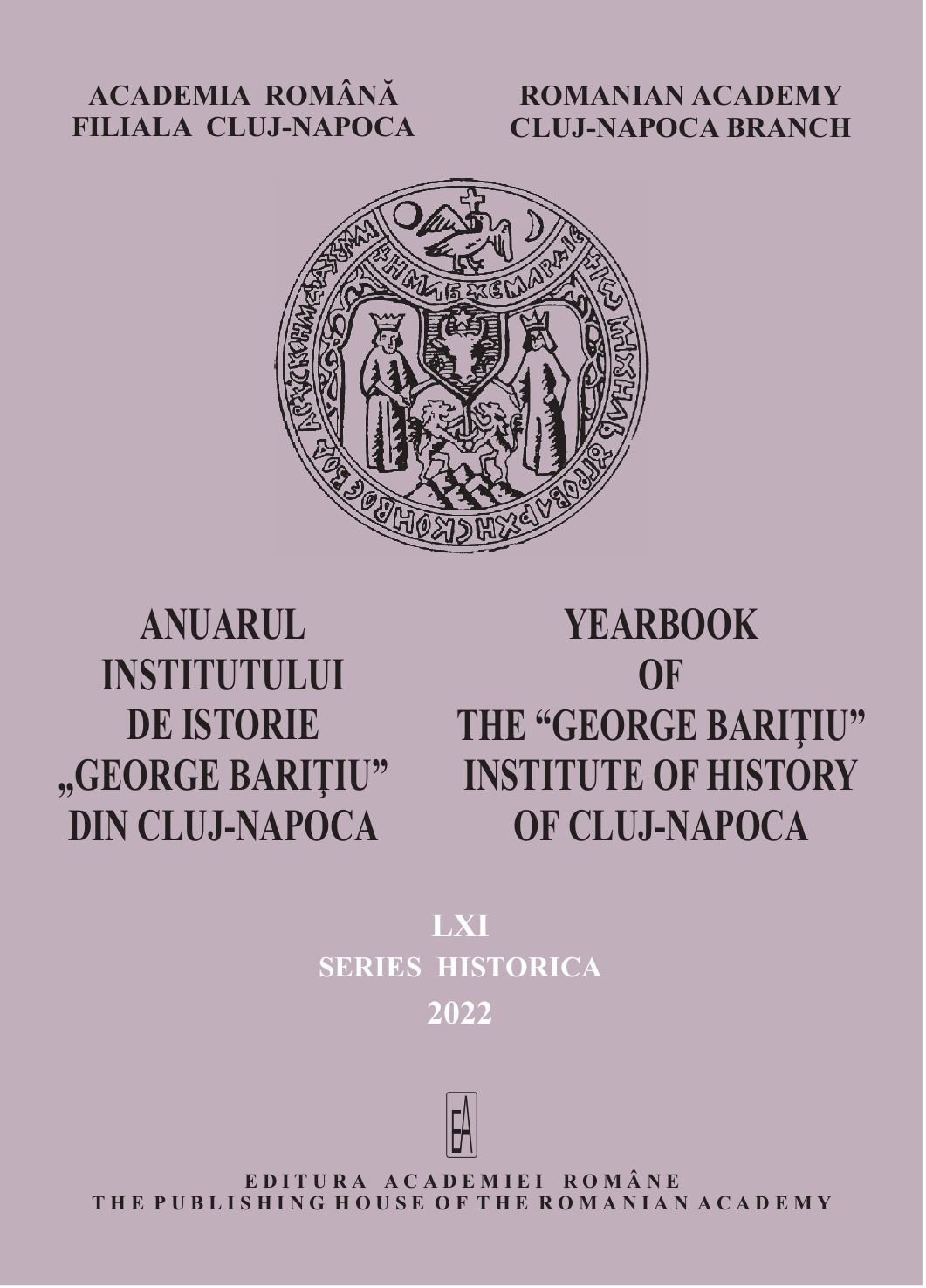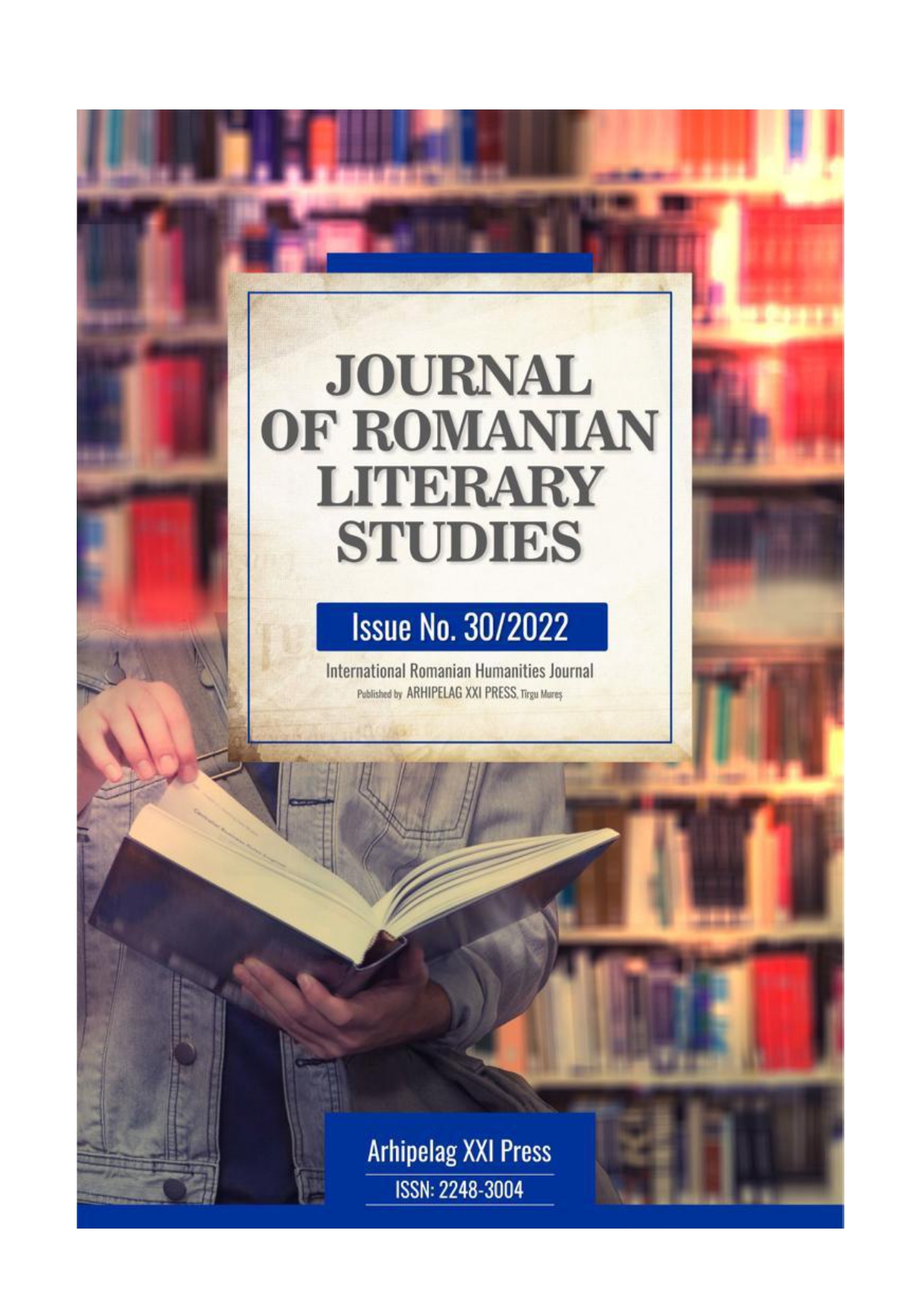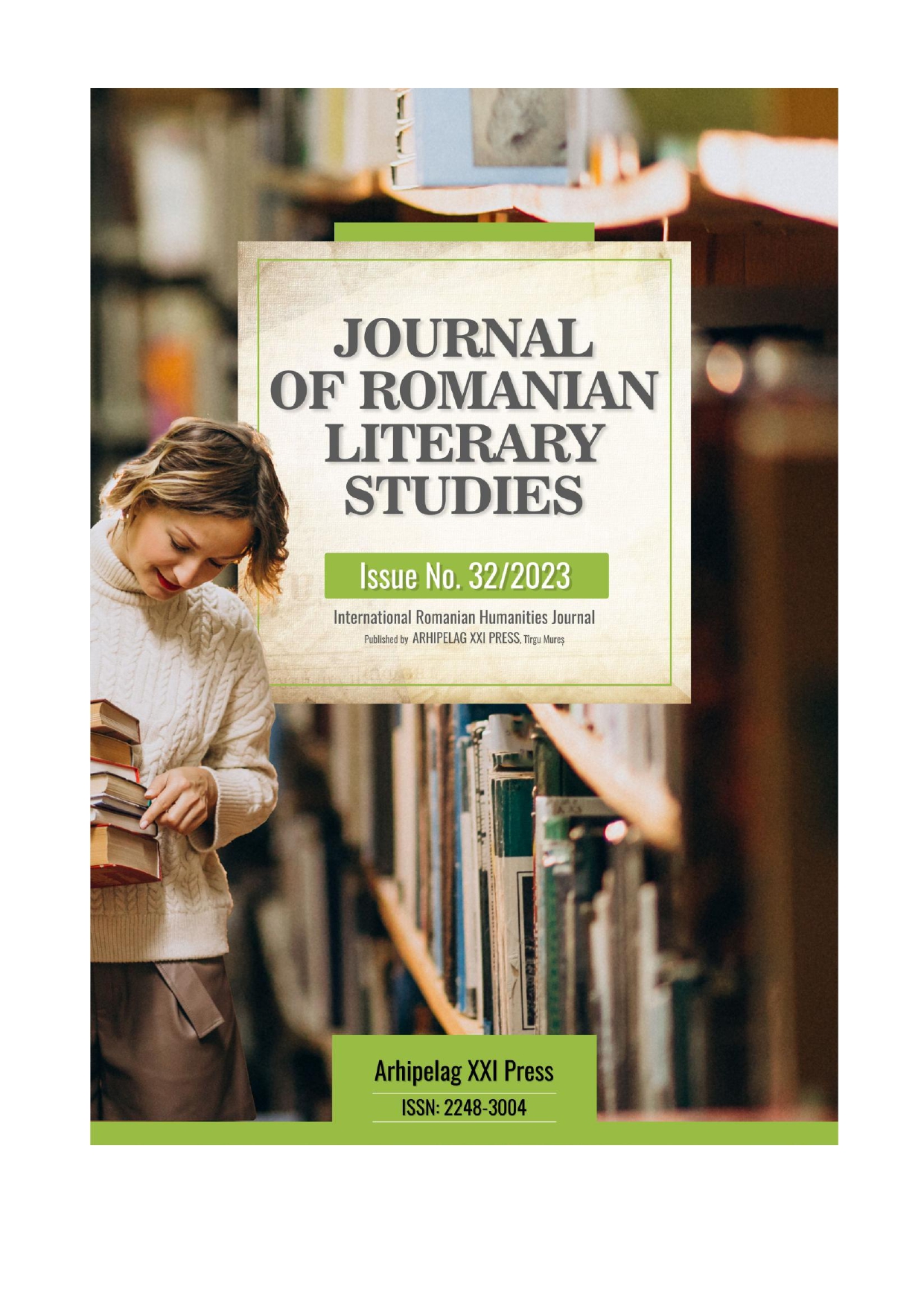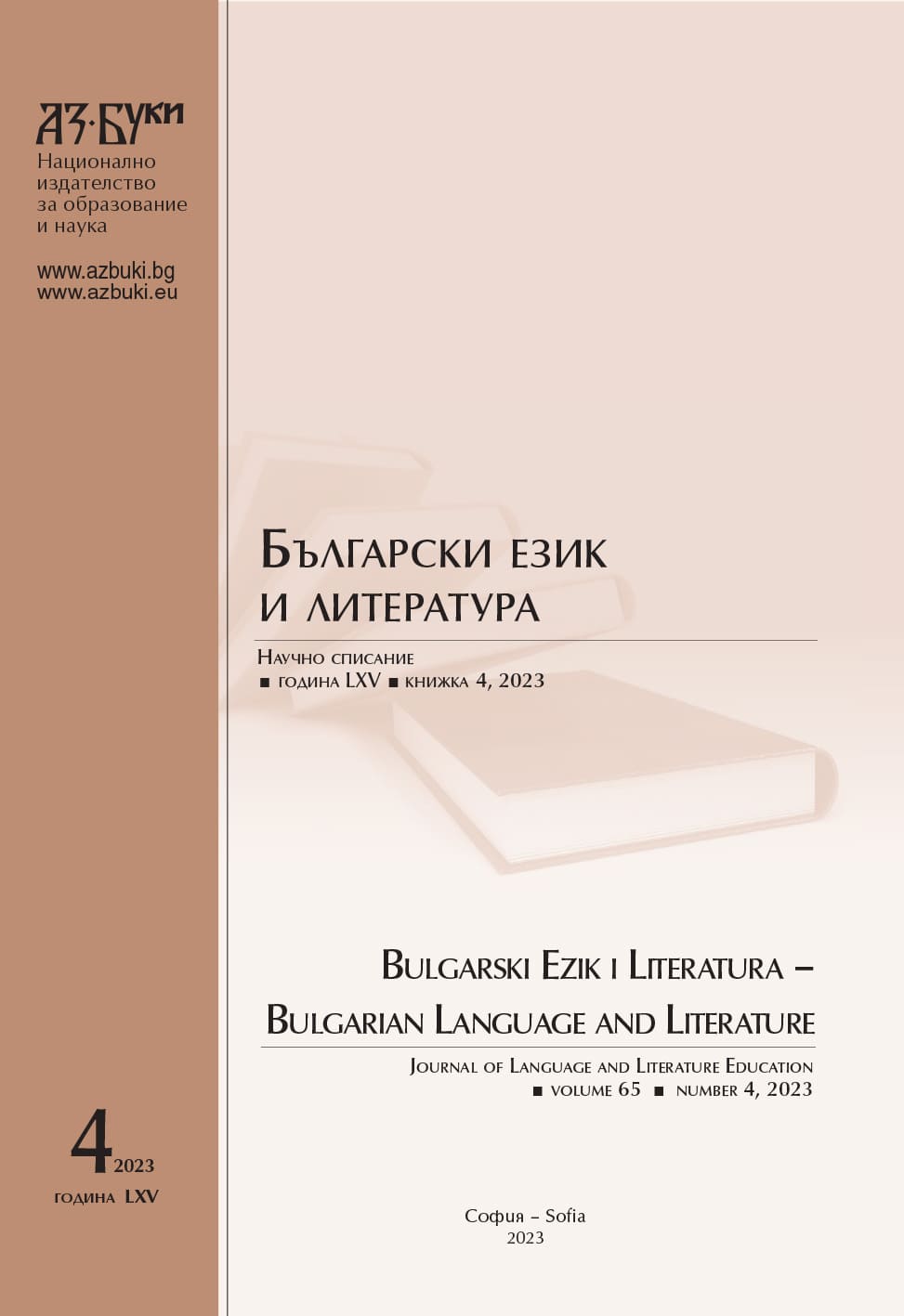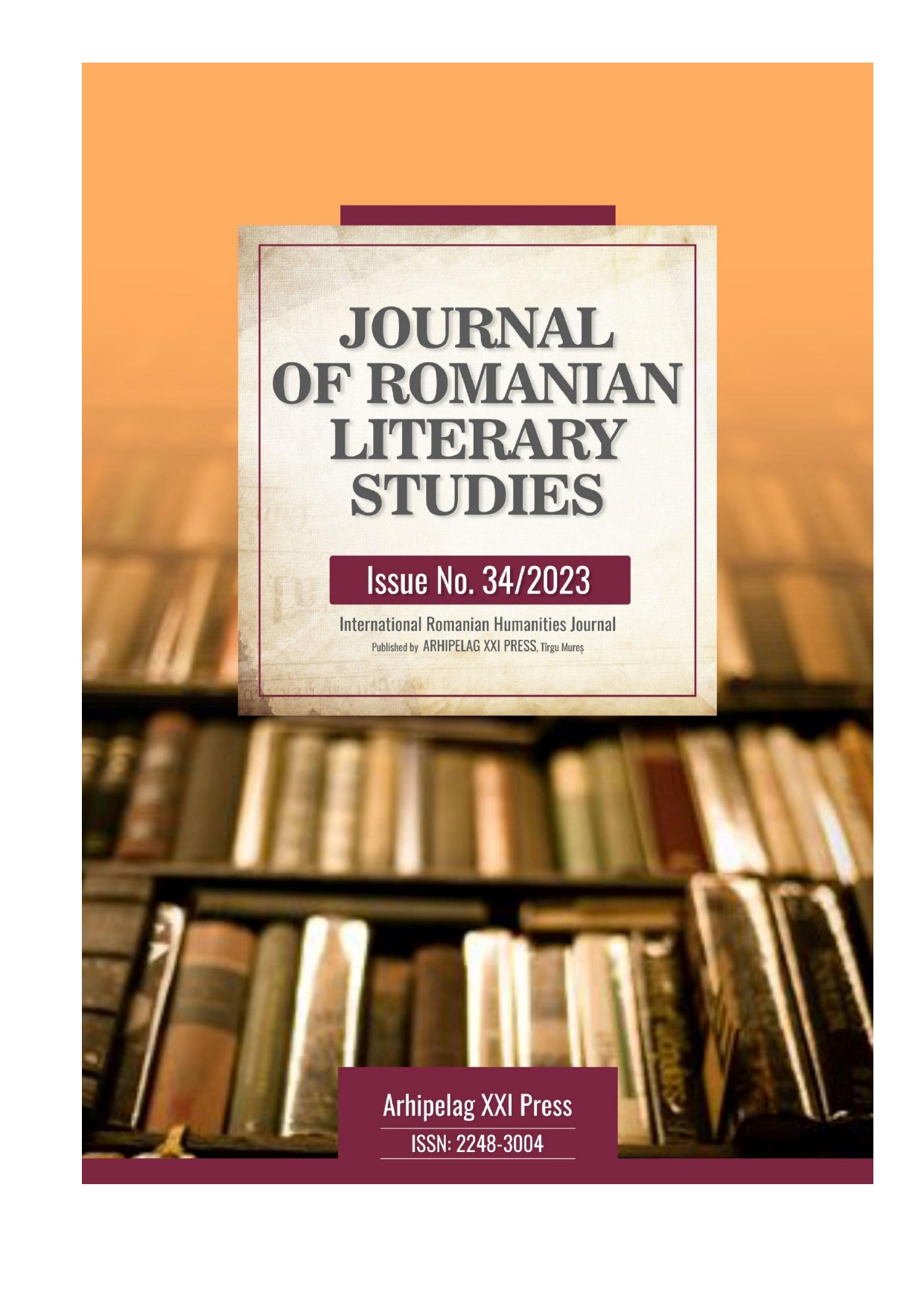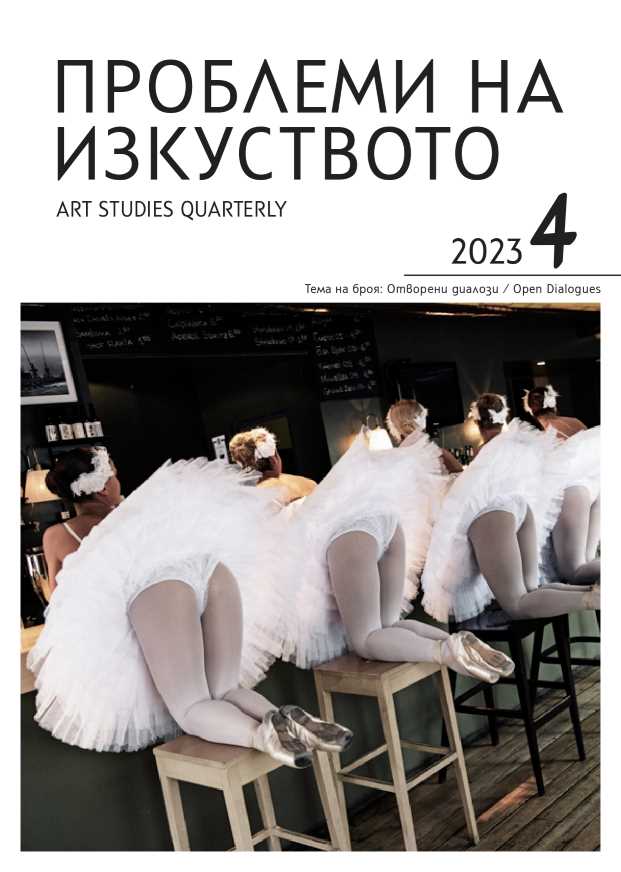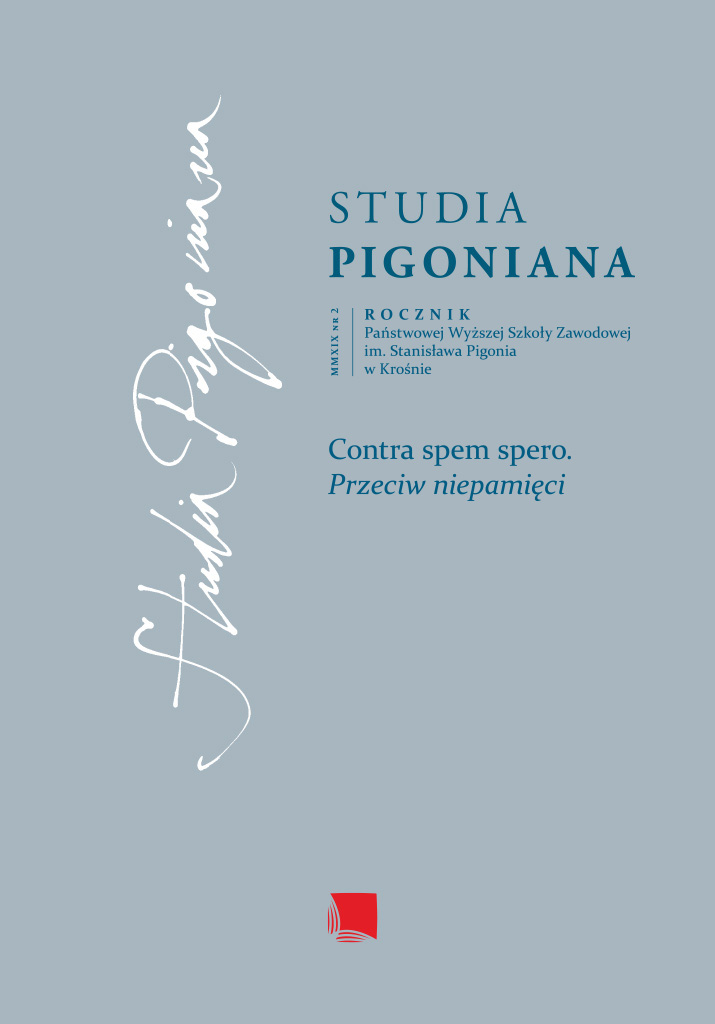
Dziesięciolecie Polski odrodzonej w publikacjach książkowych – analiza edytorska na wybranych przykładach
The aim of the paper was to analyse publications (compact editions) published on the occasion of the 10th anniversary of Poland's regaining independence in 1928 and 1929. The source of information on over 100 publications of this nature was Wykaz Druków wydawanych w Rzeczpospolitej Polskiej druków polskich lub Polski dotyczących wydawanych za granicą (List of Printed Works Published in the Republic of Poland and Polish Printed Works or Printed Works of Poland Concerning those Published Abroad), which had been published since 1928. The books analysed were grouped according to their subject matter: historical studies, publications devoted to Józef Piłsudski, poems and songs, publications on economic issues, etc. Selected issues were subject to detailed editorial analysis: Dziesięciolecie Polski Odrodzonej Księga Pamiątkowa (The Tenth Anniversary of Poland Reborn. Memorial Book), Złota księga Polski (The Golden Book of Poland) and Przemysł i handel (Industry and Trade), discussing issues related to the editorial concept, graphic design, layout and selection of illustrations, as well as the purpose of publication.
More...
